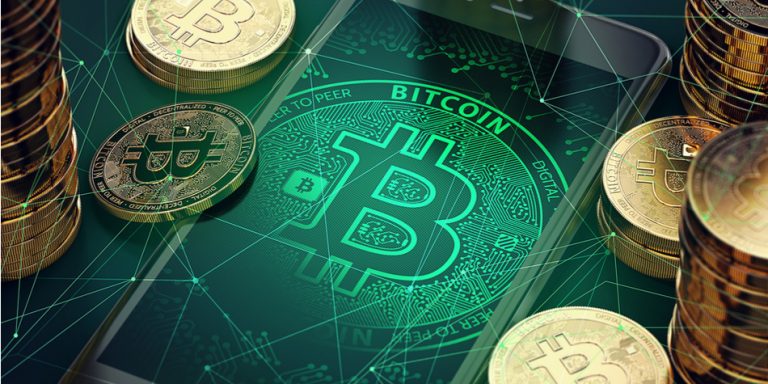The Bitcoin bubble rolled on this week. As of Nov. 3, the leading cryptocurrency was worth $7,337, and represented 61% of total crypto investment. That’s a one-week gain of nearly 25% from the previous week’s price of $5,861. The high for the week was $7,447.
This has created a gold rush fever. Digiconomist estimates as much electricity is now going into Bitcoin mining and trading as it is consumed by the whole country of Nigeria. The increased difficulty of finding answers to Bitcoin’s crypto puzzle (“mining” them) and of exchanging cryptographic keys (“trading” them) has made Bitcoin a significant contributor to global warming.
What’s fueling this? Scarcity. Forks meant to increase supply and reduce trading costs have fallen flat. Miners and traders keep the price rising by hoarding what they have.
Another fuel is the Initial Coin Offering, or “ICO” market.
How ICOs Fuel the Bubble
In an ICO, a business promises to automate some marketplace using the same blockchain technology that created Bitcoin, and requests investors to submit coins rather than cash.
This soaks up Bitcoin supplies, increases Bitcoin transactions, but doesn’t turn any Bitcoins into cash until after the ICO is complete and the sponsor starts trying to build what was promised. In the first six months of 2017, $1.5 billion came out of the global economy to fund ICOs.
But with Bitcoin prices continuing to rise, it’s more profitable for the ICO sponsor to simply sit on the coins, to hoard them like any other investor. Thus, cash goes into the Bitcoin market, obtaining the coins needed to buy ICOs, but cash doesn’t come out, as ICOs are profiting from just holding them.
ICOs create their own financial subculture. A new support structure of hedge funds, trading platforms, financial managers and even PR people has risen to support the market, all fueled by coins. This also increases demand for Bitcoins.
ICOs are not regulated. Most governments that acknowledge them call them securities, but there is no regulatory structure, as there is for stocks and bonds. Thus, a sub-regulatory dance has developed between lawyers and developers on the one hand, and governments on the other, with claims and threats the order of the day.
Some governments, like Ukraine, make promises to encourage ICOs to move there, while others, like China, ban the trade outright. Regulation itself is a market-driven process.
How the Bubble Bursts
Money goes into the ICO craze as new companies are funded. In exchange for Bitcoins or other tokens, each market supplies its own tokens to investors.
It’s here that the bubble can burst. Bancor, an Israeli start-up backed by venture capitalist Tim Draper, whose software is supposed to ease trading in digital coins, raised $153 million in tokens in June, but is now worth less than half that. Regulators keep warning investors they could lose all their investment in an ICO, but few are listening.
Most traders feel Bitcoin is secure because it recovered from China’s ICO ban in September. But it’s not governments that will crash the Bitcoin market. It’s ICOs themselves.
Take Tezos as an example. They raised $232 million in July, and the coins gathered had a value of $400 million a few months later. But disputes among the principals have since sent the value of Tezos crashing.
As stories like this proliferate and the value of what ICOs build is shown to be less than the value of what they are collecting in coins, that’s when I expect the Bitcoin crash to happen.
Dana Blankenhorn is a financial and technology journalist. He is the author of a mystery novella involving Bitcoin, The Reluctant Detective Saves the World, available now at the Amazon Kindle store. Write him at danablankenhorn@gmail.com or follow him on Twitter at @danablankenhorn. As of this writing he owned no shares in companies mentioned in this story. To follow the value of cryptocurrencies bookmark https://coinmarketcap.com/

